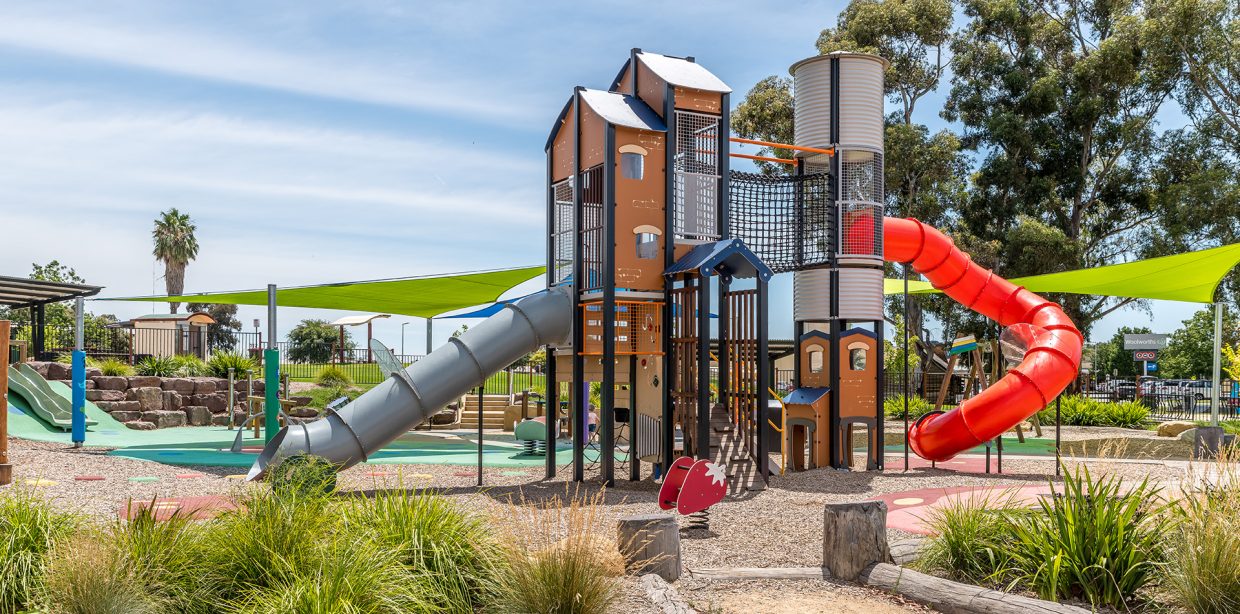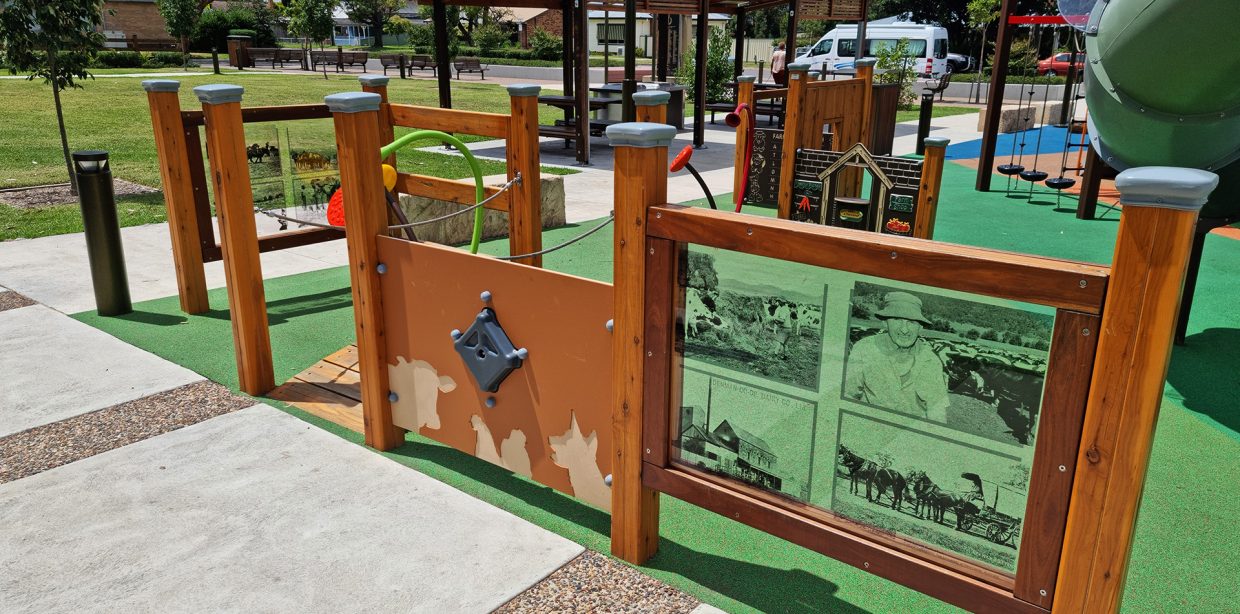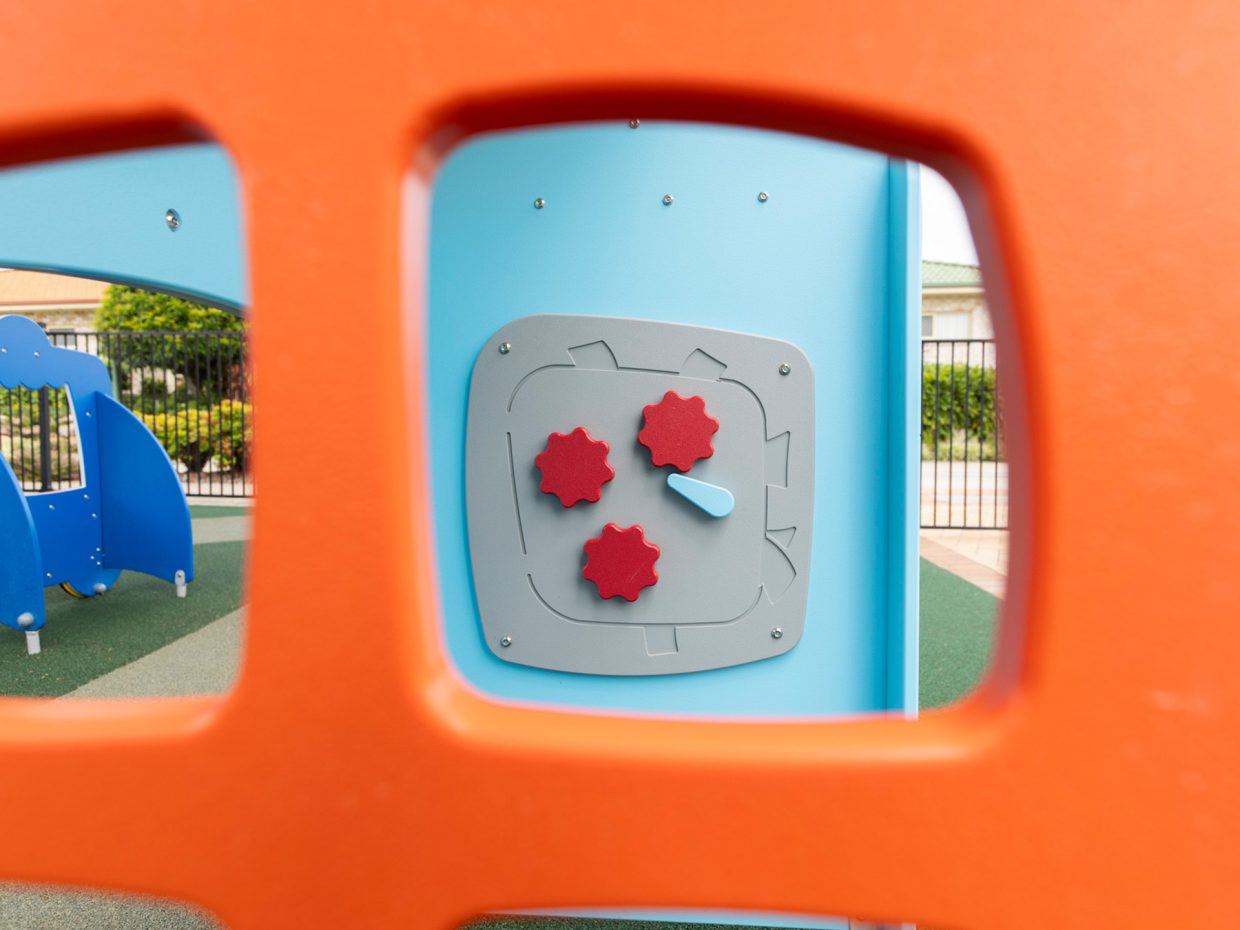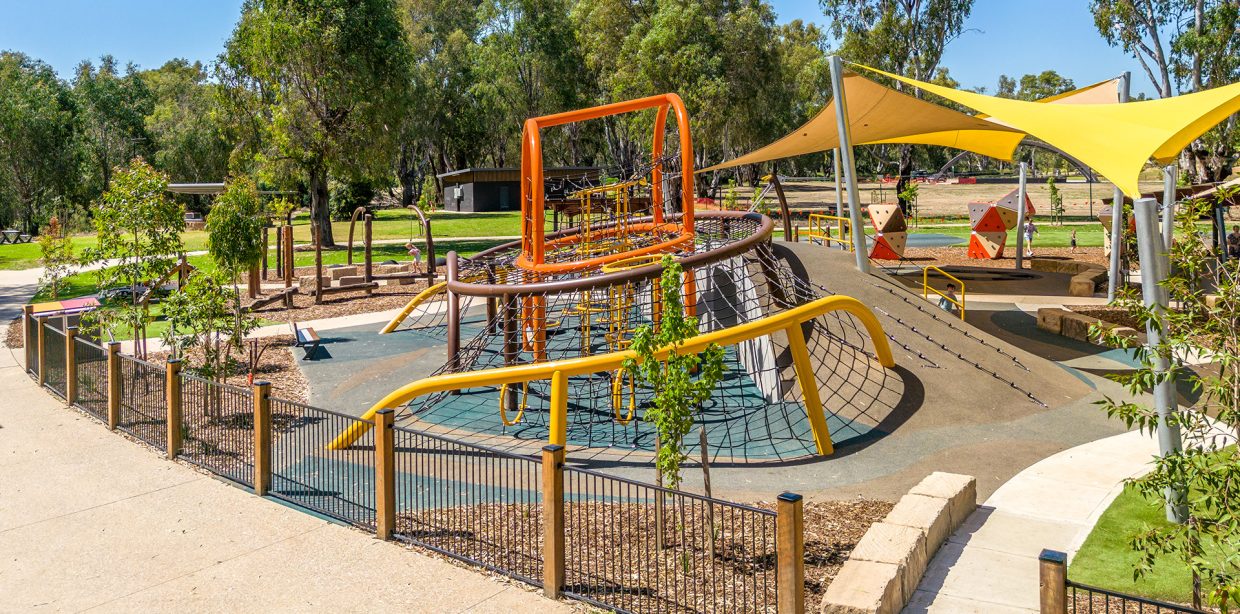Customising Your Playground:
What’s Possible and What’s Not?
Possibilities and limitations of customising playground designs with Moduplay

Share post
Customising a playground offers the opportunity to create a unique and engaging space that caters specifically to the needs of your community or institution.
However, it’s essential to balance these customisations with adherence to safety regulations and feasibility. This exploration delves into the possibilities and limitations of customising playground designs.
Feasible Customisations

Thematic Designs
Themes: You can choose specific themes (e.g., nature, space, nautical) that can be incorporated through the shapes, colours, and types of equipment.
Aesthetic Customisation: Customising the colour scheme and visual elements to align with a school’s colours or the local environment is usually feasible.
Inclusive and Accessible Features
Accessibility: Adding features like wheelchair-accessible paths, sensory play elements, and equipment suitable for various abilities is not only feasible but encouraged.
Adaptive Equipment: Incorporating adaptive swings, tactile panels, and low-height activities to cater to children with diverse needs.
Age-Appropriate Adjustments
Equipment for Different Age Groups: Designing separate areas for different age groups, with appropriate equipment for each, is a practical customisation.
Interactive Elements
Educational Features: Integrating educational elements, such as puzzle panels or nature discovery paths.
Interactive Play: Incorporating elements that encourage interactive play, like water features or musical instruments, can be done within safety guidelines.

limited in Customisations

Material Use
Safety-Compliant Materials: While there is room for material selection, they must be durable, non-toxic, and suitable for outdoor use. For instance, using untreated wood or certain metals might not be advisable due to safety and durability concerns.
Height and Safety Restrictions
Equipment Height: There are strict regulations regarding the height of equipment, especially for certain age groups, to minimise the risk of serious injuries.
Fall Zones: Alterations must not compromise the required fall zones around each piece of equipment.
Structural Alterations
Structural Integrity: Any customisations should not affect the structural integrity of the equipment. This includes avoiding sharp edges, entrapment spaces, or unstable designs.
Compliance with Standards
Adherence to Standards: All customisations must comply with the relevant safety standards (e.g., Australian Standards for Playground Safety). Deviating from these standards can lead to safety hazards and legal issues.
Budget Constraints
Cost Implications: More extensive customisations can significantly increase the cost of the project. Budget limitations may restrict the extent of customisation possible.
Consultation and Professional Advice
Expert Input: It’s advisable to consult with playground designers and safety experts when planning customisations. They can provide guidance on what’s feasible and compliant with safety regulations.
Community Involvement: Getting input from the community or the end-users can also help in making relevant and practical customisation decisions.

conclusion
Customising a playground allows for creativity and specificity in design, but it’s vital to navigate this process with an understanding of the feasible and compliant options. Balancing custom elements with safety standards and practical considerations ensures that the playground is both unique and secure for its users.
In summary, while customising a playground offers many possibilities to make the space unique and engaging, it’s crucial to work within the boundaries of safety regulations, structural feasibility, and budgetary constraints to create a safe and enjoyable environment for all children.
Keep in touch
Get design inspiration, business tips and new product alerts straight to your inbox with our Moduplay Newsletter, the Playground Press once every two months.


